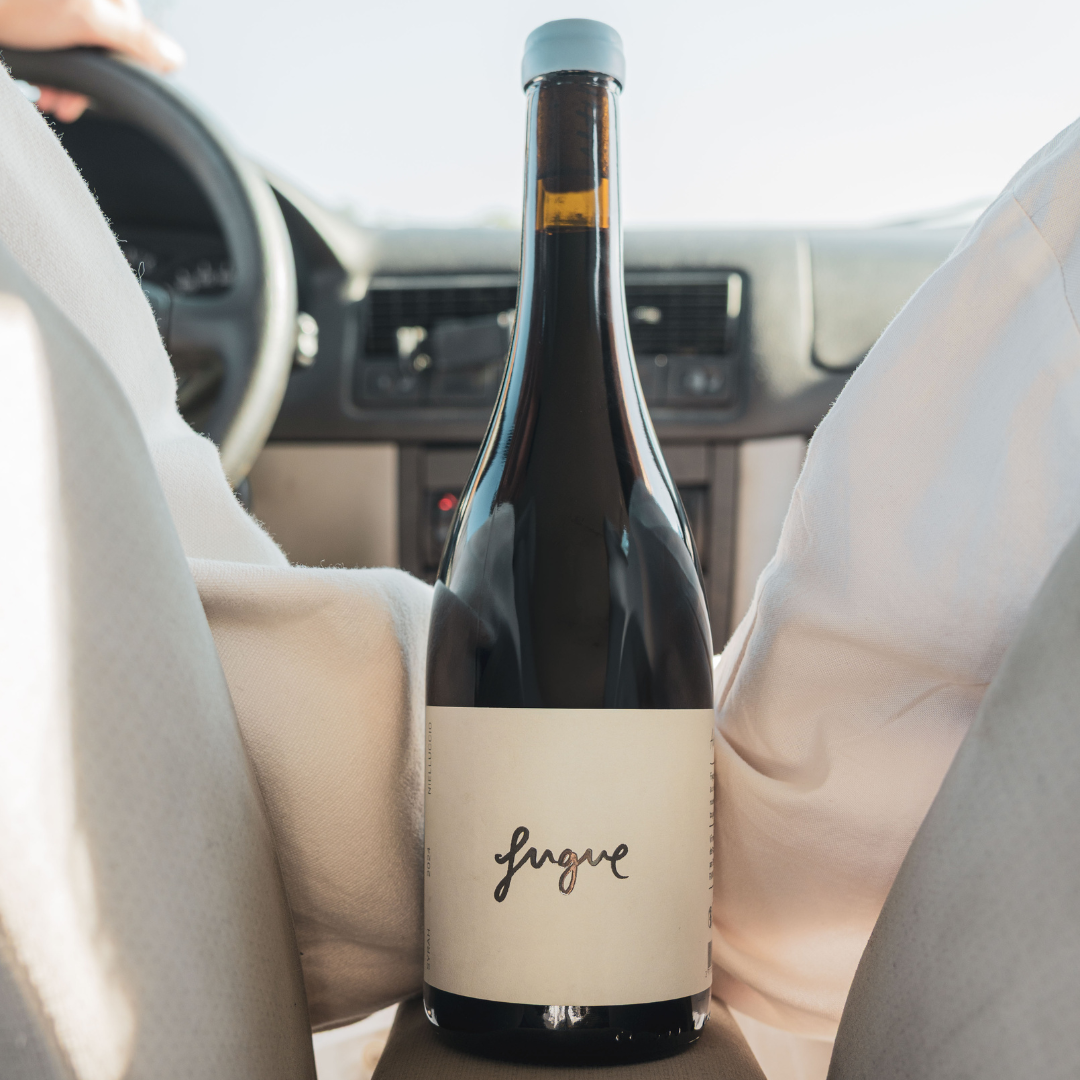
The Languedoc-Roussillon region has a remarkable wine-growing heritage. Wine production activity dates back to the Romans! Currently, when we talk about the Languedoc-Roussillon region, this refers to 4 departments: Aude (11), Gard (30), Hérault (34) and Pyrénées-Orientales (66).
Presentation of the Languedoc-Roussillon vineyards
Despite this, the vineyards of Languedoc-Roussillon were only really recognized after the 1980s. Before this period and the advent of varietal wines, other wines were frequently preferred.
With the democratization of single grape varieties, we are witnessing the growing success of Languedoc vineyards. This is particularly true for younger consumers who are looking for new tastes and wines.
Map of Languedoc-Roussillon vineyards
Here is a map of the vineyards of the Languedoc-Roussillon region:

Geography of the Languedoc-Roussillon region
The Languedoc vineyards are organized around the four main towns of the region. Nîmes, Montpellier, Carcassonne and Perpignan.
In addition to these 4 towns, there are less than 2,500 estates, spread over the 246,000 hectares of the region. Added to this are 230 cooperative cellars and nearly 30,000 winegrowers.
The wine route of the Languedoc-Roussillon vineyards obviously cannot pass through all of these estates. Even if you limit yourself to AOCs and IGPs, you will not have less than 50 steps!
The simplest option is to follow the wine route along the Mediterranean coasts, from north to south. Starting from Montpellier, then passing through Carcassonne to finish in Collioure, you will have seen most of the Languedoc vineyards.
Map of Languedoc-Roussillon vineyards
Languedoc is one of the largest wine-growing regions in the world. Many appellations exist as sub-appellations. Wines such as “Marie Antoinette” a mountain Corbières and “Côtes du Roussillon Villages Caramany” are worthy representatives of the richness of Languedoc-Roussillon, just like the other products in the Terroir range.
The Languedoc-Roussillon vineyard has 28 protected/controlled designations of origin (AOP or AOC). Among them, names such as Corbières or Minervois, la Livinière. These wines are available here.
Here is the list of AOC – AOP of Languedoc. This list is available on Wikipedia.

Here is also the list of Roussillon AOCs. This data is available on Wikipedia.

Red wines, white wines, but also natural sweet wines
The vineyards of Languedoc-Roussillon are known for their natural sweet wines. For good reason, they represent a large part of the wines produced in the region. According to estimates, the production of the Languedoc region is composed of 15% white wines, rather dry, and 85% red wines and the remainder of the production is devoted to natural sweet wines.
The grape varieties of Languedoc-Roussillon
Finally, a final word on the grape varieties of the Languedoc-Roussillon vineyards. Different grape varieties are used by producers. Here they are, separated according to whether it is a white grape variety or a red grape variety.
The white grape varieties used are: Bourboulenc, Clairette, Chardonnay, Chenin, Grenache Blanc, Grenache Gris, Maccabeu, Malvoisie, Marsanne, Muscat Blanc à Petits Grains, Muscat d'Alexandrie, Roussanne , sauvignon blanc, viognier as well as mauzac.
The red grape varieties are Cabernet Sauvignon, Carignan, Cinsault, Merlot, Mourvèdre, Grenache Noir, Pinot Noir and Syrah.



